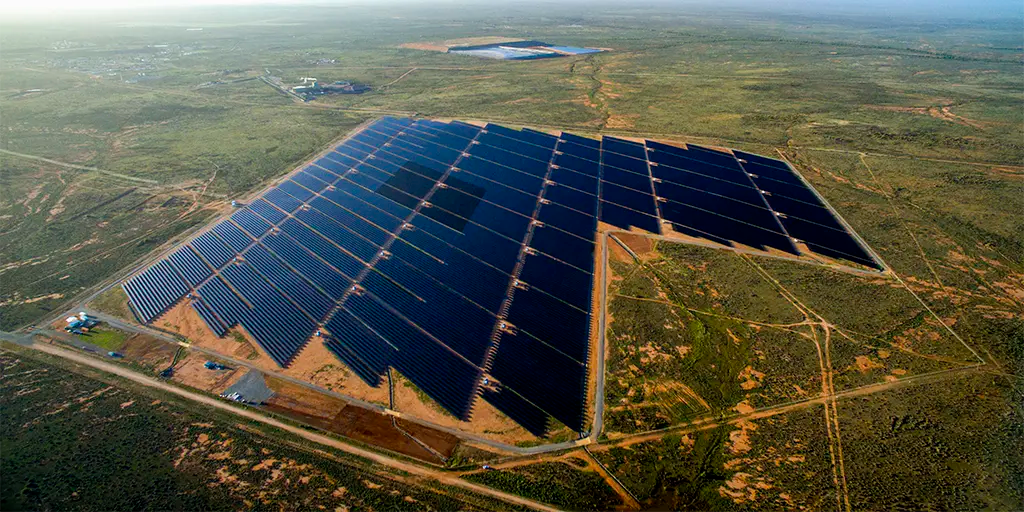Jo Nova’s article, $650 million in renewable energy didn’t save Brisbane from blackout, centers on a critical observation regarding the limitations of renewable energy in protecting urban infrastructure during extreme weather events. Nova’s story note reveals a broader critique about the reliability of renewable energy, the effectiveness of government subsidies, and the often overpromised capacity of green solutions.
According to Jo Nova, a recent storm left Brisbane, Australia, without power, despite significant investment in renewable energy—around $650 million over five years. She emphasizes that this blackout serves as a stark reminder that renewables, which rely heavily on weather conditions, do not offer the reliability needed in crisis scenarios. Nova underscores that during the storm, solar panels were rendered useless, and wind turbines also became non-functional. The renewable infrastructure could not deliver electricity when it was most needed, as stormy weather conditions forced solar and wind production offline.
The bad news is that when there is no reliable 50Hz baseload supplier of electricity, the solar panel inverters just don’t mesh well with the diesel generators. The frequency of the diesel generators varies slightly as the load changes, and these fluctuations cause issues with solar inverters, which need a stable frequency to synchronize properly.
Hence, in a blackout, the solar panels were not just useless, they were a threat to the system, so people were asked to switch them off:
Nova’s article also touches on what she sees as misplaced priorities in energy policy. She criticizes the Australian government’s allocation of funds to renewable projects while neglecting the necessary upgrades to power grids and the development of reliable backup systems. She argues that without robust energy storage solutions or alternative backup power (like coal or natural gas), heavy reliance on renewables makes cities like Brisbane vulnerable during severe weather events. Essentially, Nova suggests that renewable energy alone is not a sufficient solution to ensure energy security, particularly in emergencies.
The core message in Nova’s story note is that while renewable energy projects often receive substantial financial support, their real-world performance during high-stress situations—like storms, heatwaves, or cold snaps—remains questionable. Nova uses this incident to caution against over-reliance on renewables without adequate grid resilience planning and backup capacity.
Even with a price tag, our renewables future is already broken
Nick Cater, The Australian
The Silverton Wind Farm and Broken Hill Solar plant were supposed to produce enough electricity to power 117,000 homes. They’re supported by AGL’s 50MWh battery facility at Pinnacles Place, one of the largest in Australia. Yet Broken Hill, population 19,000, has been in a semi-permanent state of blackout since a storm brought down the transmission line connecting the town to the east coast grid.
Some $650m worth of renewable energy investment within a 25km radius of Broken Hill has proved to be dysfunctional. The technical challenges of operating a grid on renewable energy alone appear insurmountable using the current technology.
This example from Brisbane aligns with broader critiques of renewable energy systems worldwide, which often fail to account for their limitations in meeting constant demand, particularly during extreme weather. As policymakers continue to push for aggressive transitions to renewable energy, Nova’s article suggests the need for a more balanced approach that includes investment in grid infrastructure and reliable energy sources that can be activated when renewables falter.
Nova’s story raises critical questions about energy policy and the realistic capacity of renewables to provide energy security. While her perspective is skeptical of the efficacy of renewables in their current state, it emphasizes the importance of preparing for the unpredictability of weather-dependent energy sources. Her article serves as a reminder that in the rush to achieve net-zero targets, the reliability of power supply, especially during crises, should not be overlooked.
Instead of spending $650 million dollars on solar and wind and a battery, we could have bought two brand new useful diesel generators for every remote town in Australia, and then when transmission towers fall down, they won’t be left in the dark.
H/T tmatsci
Related


